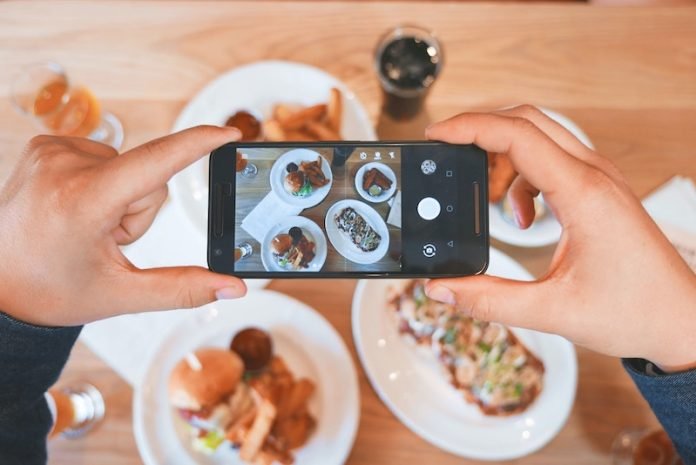
We’ve all seen pictures of mouth-watering dishes on social media or news sites.
While these images are typically used to make us crave certain foods, a new study from Aarhus University suggests that seeing the same food image repeatedly might actually suppress our hunger.
The Study and Its Findings
Ph.D. graduate Tjark Andersen from the Department of Food Science at Aarhus University explains that seeing the same food picture 30 times made the participants feel more satiated than before they had seen the picture.
The subjects who were shown the picture many times also chose smaller portions than those who had only seen the picture thrice.
The Science Behind It: Grounded Cognition Theory
This finding might sound strange, but it actually aligns with a concept in brain research called grounded cognition theory.
Essentially, this theory posits that just imagining a sensory experience (like biting into an apple) can stimulate the same areas of the brain as actually having that experience.
This could explain why the study’s participants felt full without actually eating anything.
The Experiments
The researchers conducted several online experiments involving over 1,000 people.
The subjects were shown a picture of orange M&Ms three or 30 times. Those who saw the picture 30 times felt more satiated and chose fewer M&Ms.
The team then repeated the experiment with M&Ms of different colors and then with Skittles, which have different flavors depending on the color.
The results were the same in both cases, indicating that factors other than color and flavor must change to influence satiety.
Potential Applications
These findings could potentially be used as a weight loss strategy.
Andersen suggests an app that displays many photos of a chosen food, helping the user to feel satiated and possibly reducing their craving for that food.
However, the effects seen in the study were relatively minor. Participants chose slightly fewer Skittles or M&Ms, corresponding to fewer than 50 calories.
To significantly reduce caloric intake, the method might need to be used to prevent starting a meal altogether.
The Impact of Food Ads on Social Media
Researchers are studying how food advertisements on social media affect us because we’re constantly bombarded with images of tasty foods.
In fact, a 2016 American study found that young people saw an average of 6.1 food-related posts every 12 hours on social media, the majority of which were pictures of food.
While the internet and social media may contribute to increasing rates of overweight and obesity, this study suggests that they could also potentially be part of the solution.
The research has been published in the journal Appetite.
If you care about nutrition, please read studies that whole grain foods could help increase longevity, and vitamin D supplements strongly reduce cancer death.
For more information about nutrition, please see recent studies about natural coconut sugar that could help reduce blood pressure and artery stiffness, and anti-inflammatory diet could help prevent fatty liver disease.
Copyright © 2023 Knowridge Science Report. All rights reserved.



